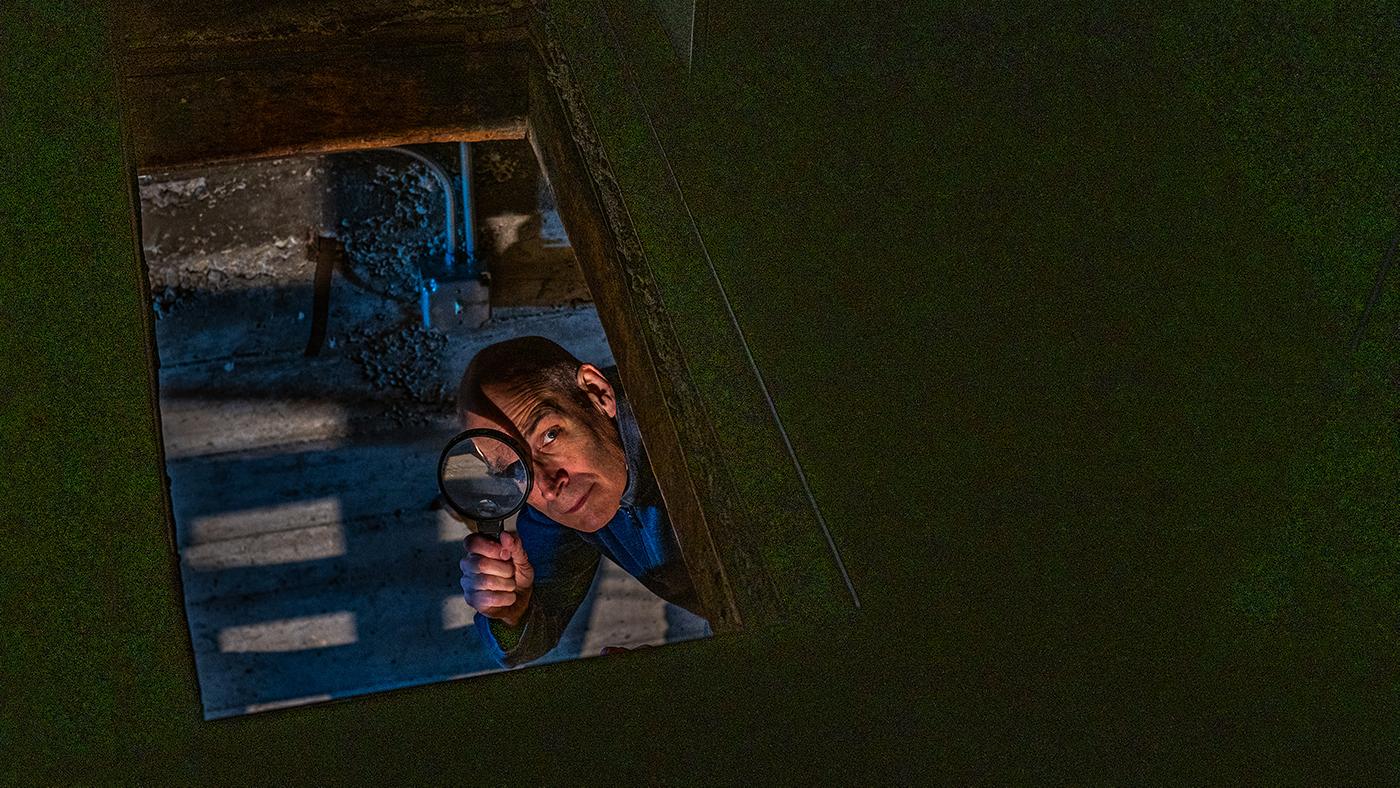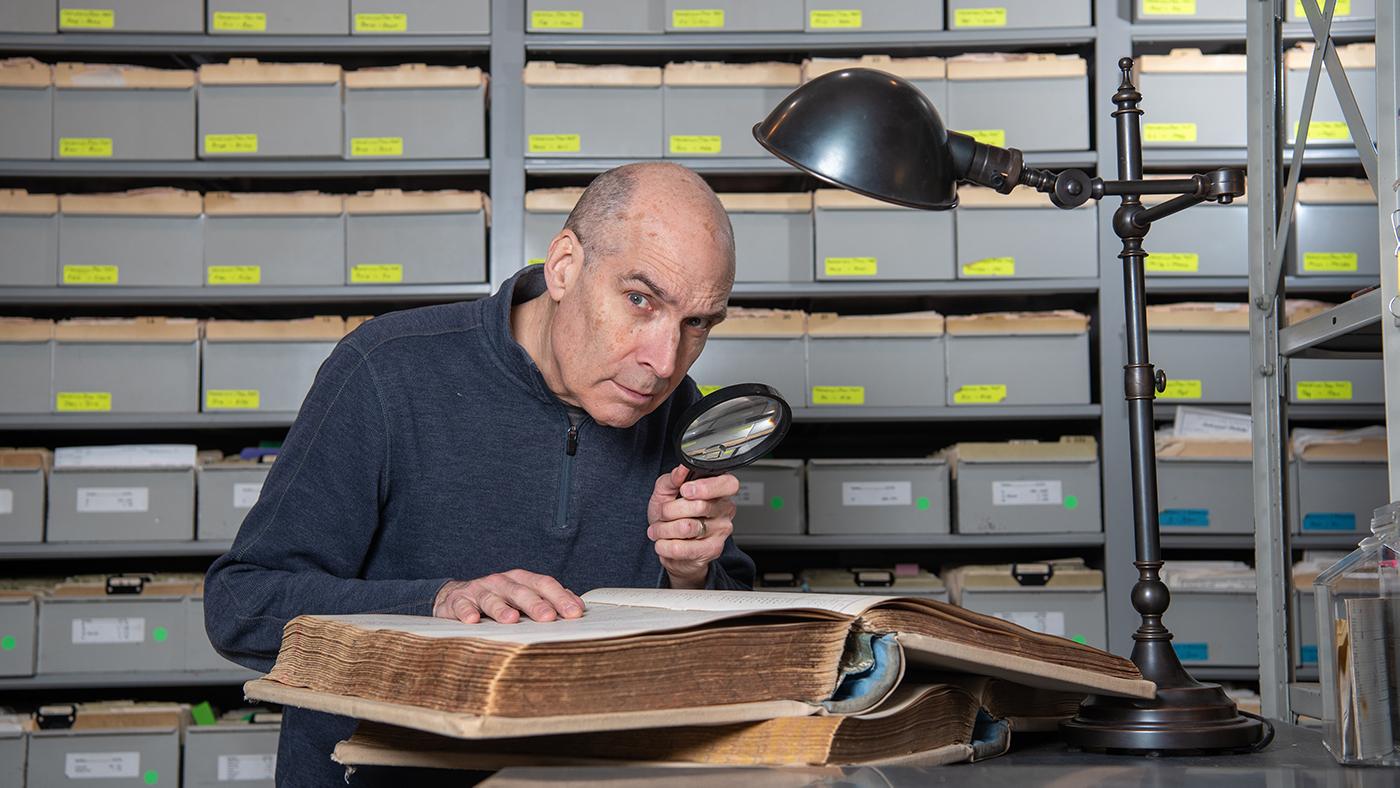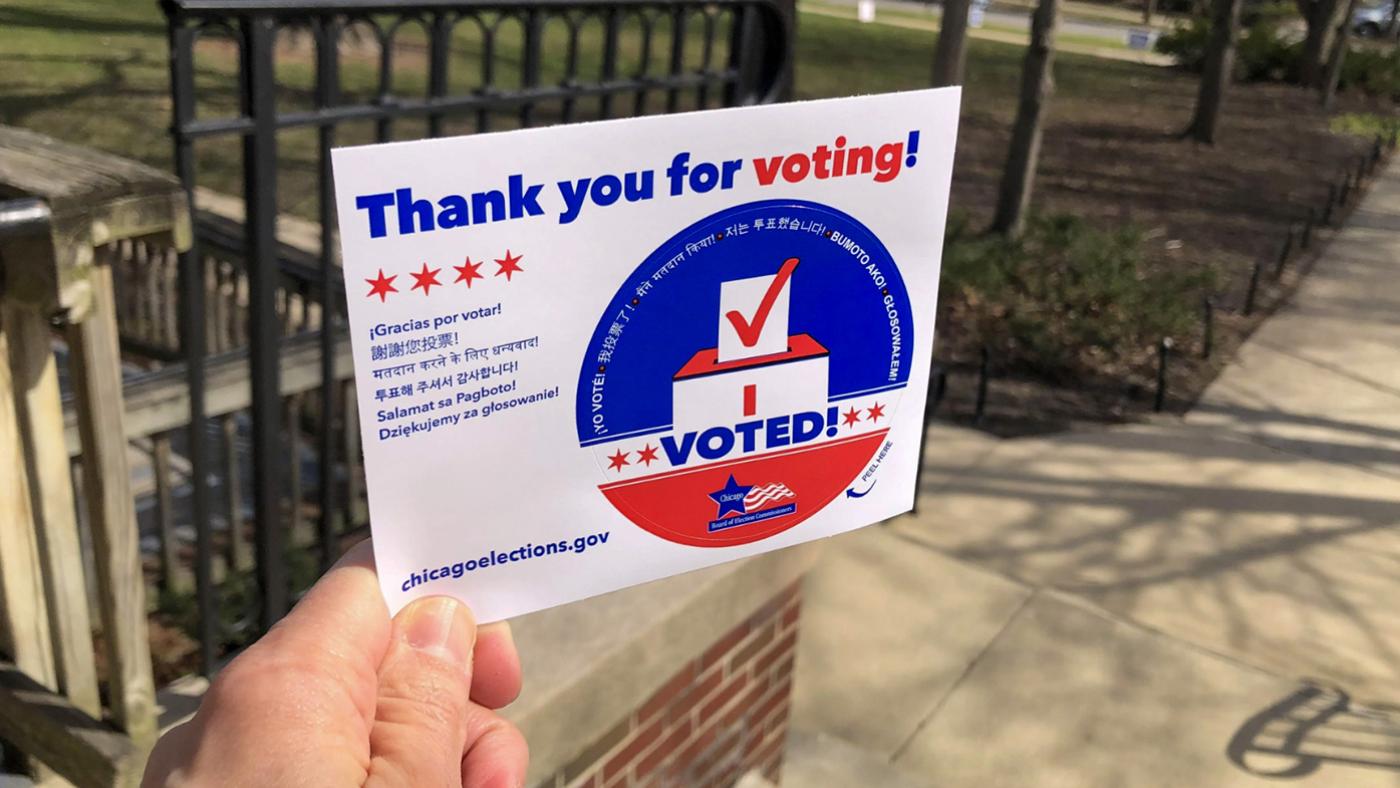A Contemporary Chicago Park Full of History
Daniel Hautzinger
March 9, 2021
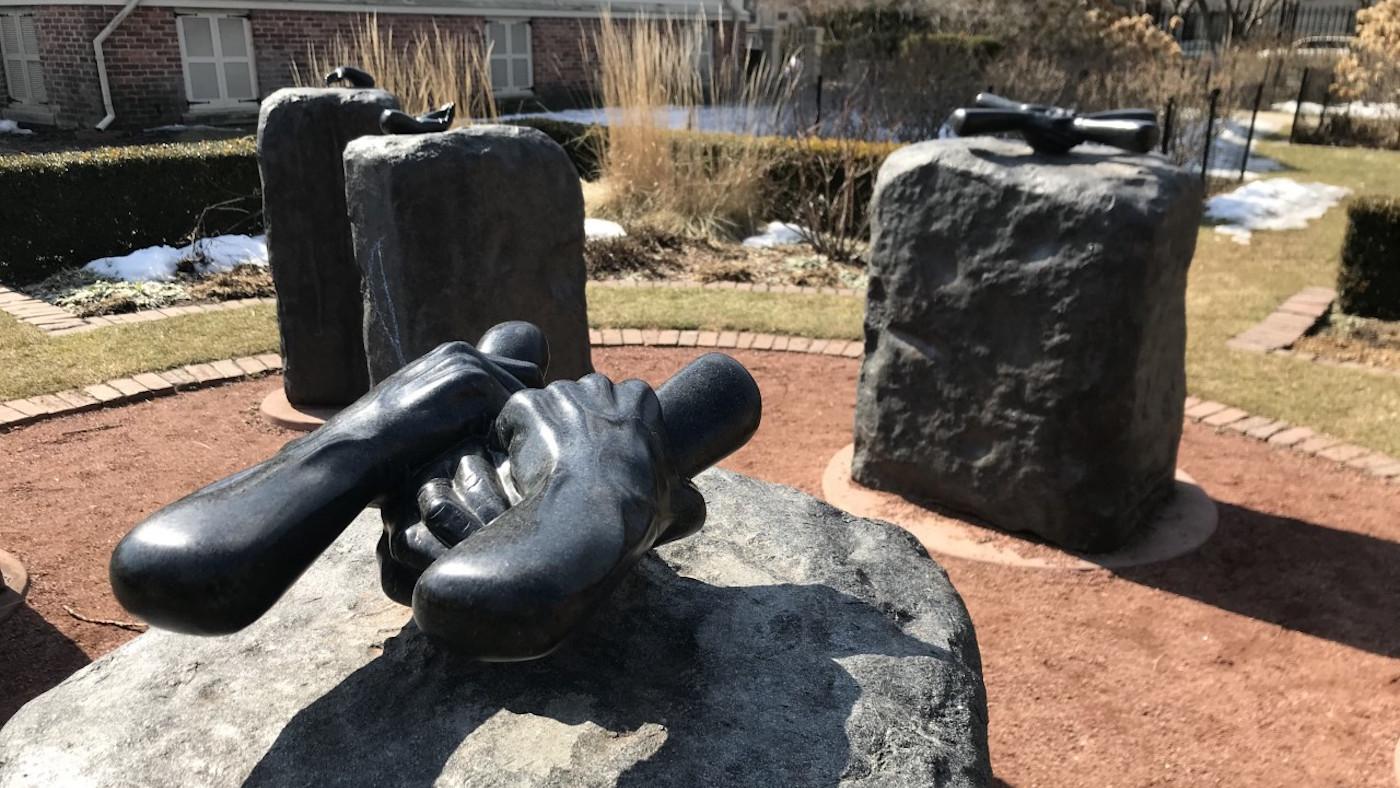
Nestled between two leafy avenues only a couple of miles from downtown and just a few blocks from the cacophony of train tracks and Lake Shore Drive lies a little-known park that honors women’s history in Chicago—and contains quite a bit of history itself. The Chicago Women’s Park and Gardens in the South Loop is surrounded by trees and grand old homes on what was once known as “Millionaire’s Row” along Prairie Avenue. It sits on a site adjacent to one of the most famous houses from that gilded era as well as an even older home, but its gardens are entirely contemporary, designed as a respite at the turn of the millennium.
The landscape architect Mimi McKay joined forces with the architect Tannys Langdon to work on the park, which was originally to be titled the Hillary Rodham Clinton Women’s Park and Gardens, in honor of the Park Ridge native. Opened as a park in 2000, it contains a field house, garden, and landscaped grounds including an impressive fountain and a sculpture by Louise Bourgeois that was moved there from the lakefront in 2011. (A happy coincidence: McKay lists Bourgeois as her favorite sculptor on her website.) The sculpture, titled “Helping Hands,” consists of sets of black granite hands sitting upon six stone pedestals, in honor of Jane Addams and the people she helped across the six widely inhabited continents of the world.
The corner of the park at 18th Street and Indiana Avenue once housed the National Veterans Art Museum, which is now located on the Northwest Side. The corner at 18th and Prairie Avenue is still occupied by a fortress-like building that has stood there for more than a century: Glessner House. Completed in 1887 by the influential architect Henry Hobson Richardson, it was a new type of home for moneyed Prairie Avenue, Romanesque and private instead of flashy and Victorian.
Glessner House, now a museum, was targeted for demolition in the 1960s, but a group of architects and citizens that later founded the Chicago Architecture Foundation banded together to preserve the home—the beginning of the historical preservation movement in Chicago. In 1970, it was protected when it was designated the city’s first official landmark along with one other structure: its even older neighbor in the Women’s Parks and Gardens, Clarke House. (Clarke House is also a museum today.)
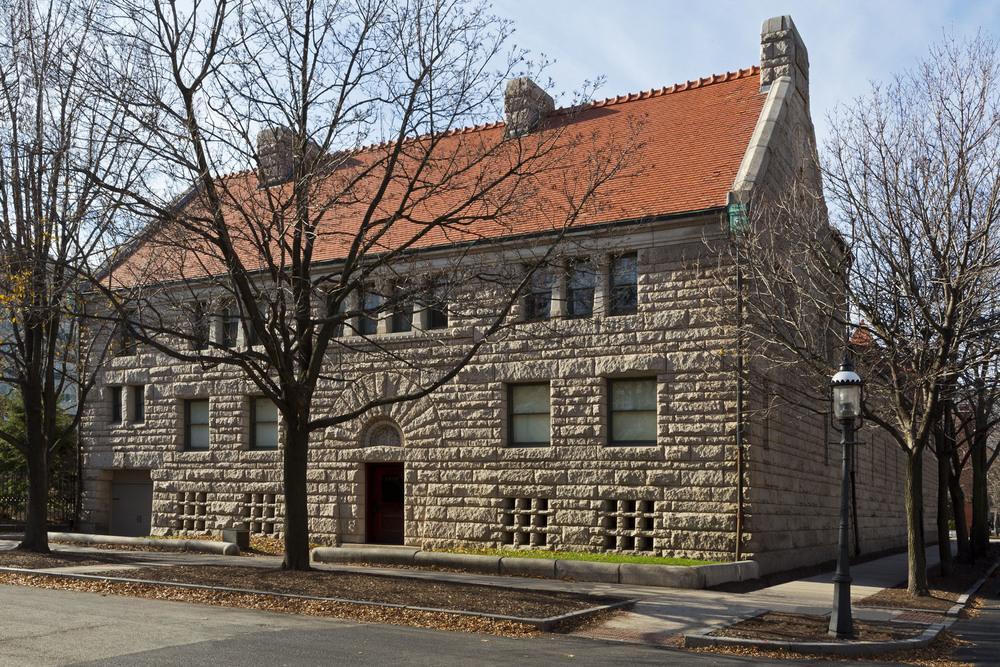 Glessner House, one of Prairie Avenue's few remaining Gilded Age mansions, sits at the corner of the Women's Park and Gardens
Glessner House, one of Prairie Avenue's few remaining Gilded Age mansions, sits at the corner of the Women's Park and Gardens
Built in 1836, a year before Chicago was incorporated as a city, Clarke House is Chicago’s second-oldest surviving house. It hasn’t survived in one place, however: over its almost two centuries of existence it has changed locations twice.
The Greek Revival-style home was built by the merchant Henry Brown Clarke on land along Lake Michigan between 16th and 17th Streets. Henry had come to Chicago from Utica, New York in 1835 on the advice of his brother-in-law and was soon followed by his wife, Caroline, and two of their three children. While the house was being built, his family lived in a log cabin on his property; their nearest neighbor lived one and a half miles north.
A stretch of bad luck and economic stress prevented the Clarkes from fully finishing the interior of their home as well as the cupola until the 1850s, after Henry died of cholera in 1849. Caroline finished the house and then died in 1860. Her children sold the home to a tailor in 1872. Fearing another devastating conflagration like the Great Chicago Fire of the year before (which had mostly spared south of downtown) and desiring fresh country air for a sick child, he moved the house some three miles further south.
In the early decades of Chicago’s settlement by Europeans, it was not uncommon to relocate homes. Lightweight frames and a lack of utilities made it possible. Apparently it happened enough to become a problem: in 1846, a group petitioned the city to forbid more than one building to stand in the street of a block at the same time or for a house to stay in the street more than three days.
After three generations and an attempt to convince the city to acquire the historic house, Clarke House was purchased by Bishop Louis Henry Ford and St. Paul Church of God in Christ in 1941. They built a church next door and used the house for offices, schoolrooms, and other purposes.
Some years after Clarke House was designated an official landmark, the city bought it, in 1977. They planned to return it to near its original location.
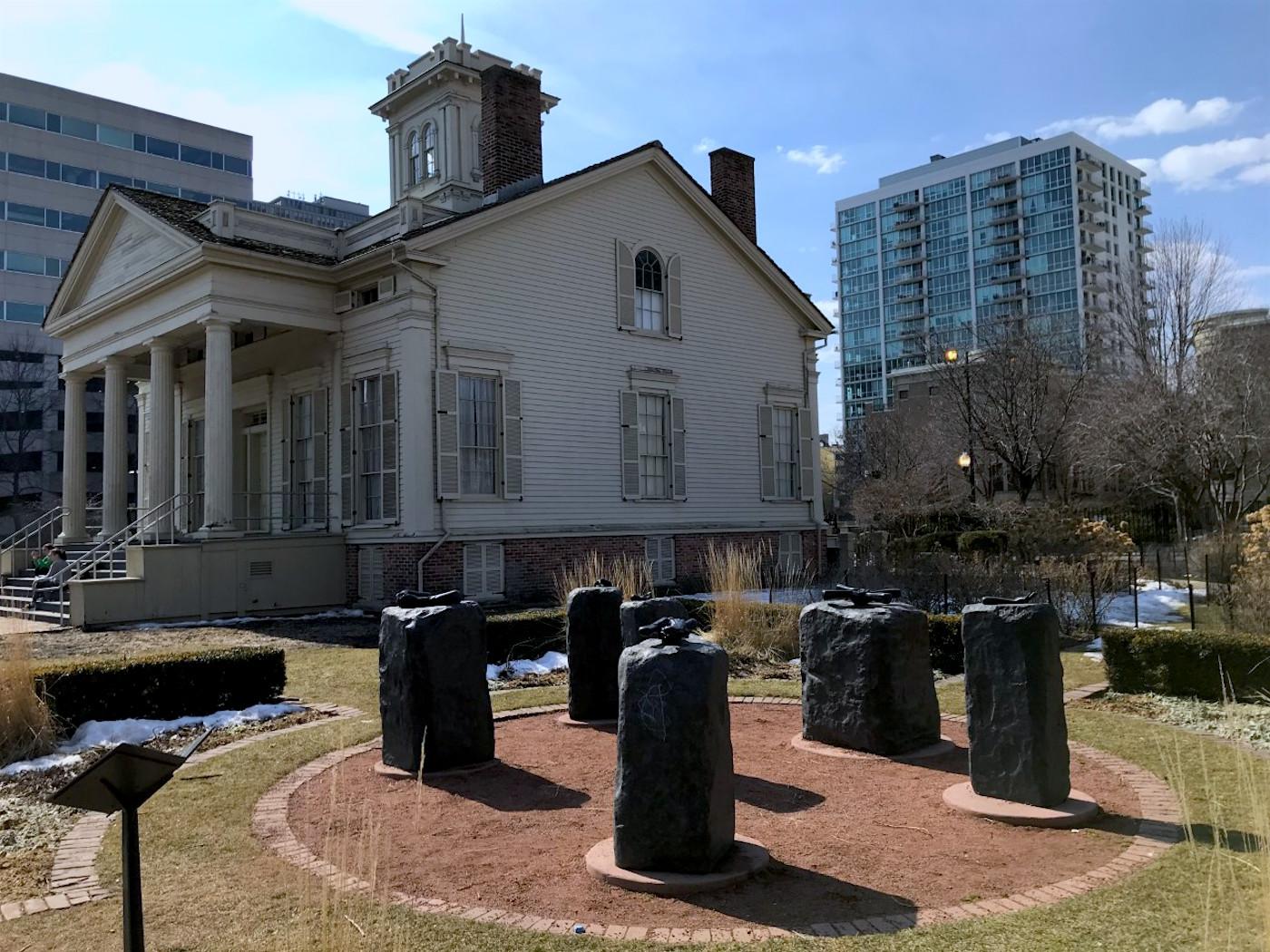 Clarke House, the second-oldest surviving house in the city, ended up in the Women's Park and Gardens after two relocations over the centuries
Clarke House, the second-oldest surviving house in the city, ended up in the Women's Park and Gardens after two relocations over the centuries
Moving a house had become in some ways more difficult in the century since Clarke House had first been relocated. Much more infrastructure existed, creating a series of obstacles. The biggest to surmount was the L. Various solutions were proposed: cut up the house and move it in pieces; airlift it with a helicopter; excavate beneath the L to allow the house to pass underneath; remove a section of tracks overnight to allow it to pass.
Instead the simplest path was taken: wheel the 120-ton structure to the L, use jacks to raise it slightly above the L, pause train service overnight, pull the house over the track on rails with cables and then lower it back down on the other side. Unfortunately the city undertook the relocation in December, so when the house had cleared the tracks and was ready to be lowered, it got stuck: the hydraulic equipment had frozen. The house, minus its cupola and gables, which had been removed, floated next to the L for eleven days, visible to passers-by on the train. Finally, it was lowered and moved the rest of the way to its new home—which wasn’t far from its first home.
New construction continues to sprout up in the South Loop, but Clarke and Glessner Houses remain protected in their history and a bit secluded from all the modernity in the peaceful landscaping of the Women’s Park and Gardens.

